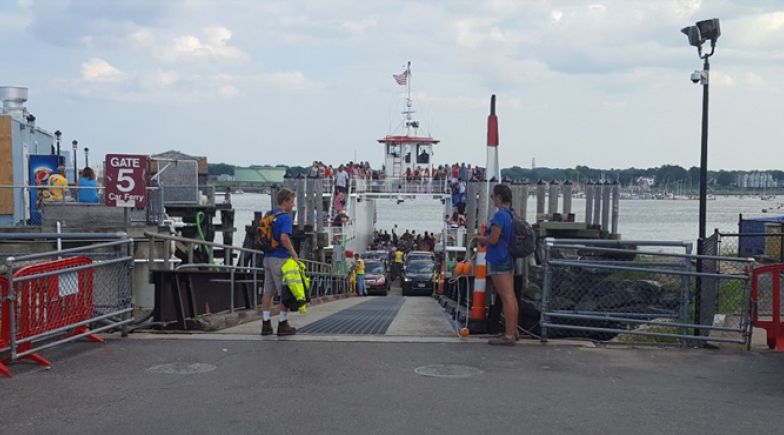The Staten Island Ferry carried 23.9 million passengers to Manhattan in fiscal year 2017. It is the single busiest ferry route in the United States as of 2016 and the world's busiest passenger-only ferry.
As New York expands its ferry operation with more service to new locations in Brooklyn, Queens, the Bronx and Manhattan in 2017-2018, there is interest in expanding the Staten Island ferry to serve locations in Midtown Manhattan. The New York City Department of Transportation (NYCDOT) seeks to explore the benefits and costs of services from St. George on Staten Island to Pier 79 on the Hudson River and the East 34th Street ferry landing on the East River. This study assessed demand for such services by commuters.
How we helped
Steer, working on a team led by KPFF Consulting Engineers, was retained by the NYCDOT to perform a detailed ridership analysis of adding a Midtown service to the Staten Island Ferry. The new service to Midtown Manhattan would add ferry services between Midtown East and West and St. George Ferry Terminals between the hours of 6 a.m. and 8 p.m. on weekdays.
Steer developed a new ridership model for the Staten Island Ferry. The model predicts demand generated for different origin-destination points between Staten Island and Midtown Manhattan based on service characteristics of the ferry.
The work included an extensive in-person passenger stated preference survey and the development of the ridership model for passenger ferry service. The survey of Staten Island Ferry users was designed and administered by the Steer team, who conducted them in-person using online tablets in June and early July 2017.The survey yielded over 2,000 high-quality and complete responses from onboard interviews and a variety of successful social media campaigns.
Successes and outcomes
Steer’s analysis is crucial in the Benefit Cost Analysis currently being prepared by NYCDOT to make the case for a new service to Midtown Manhattan.






